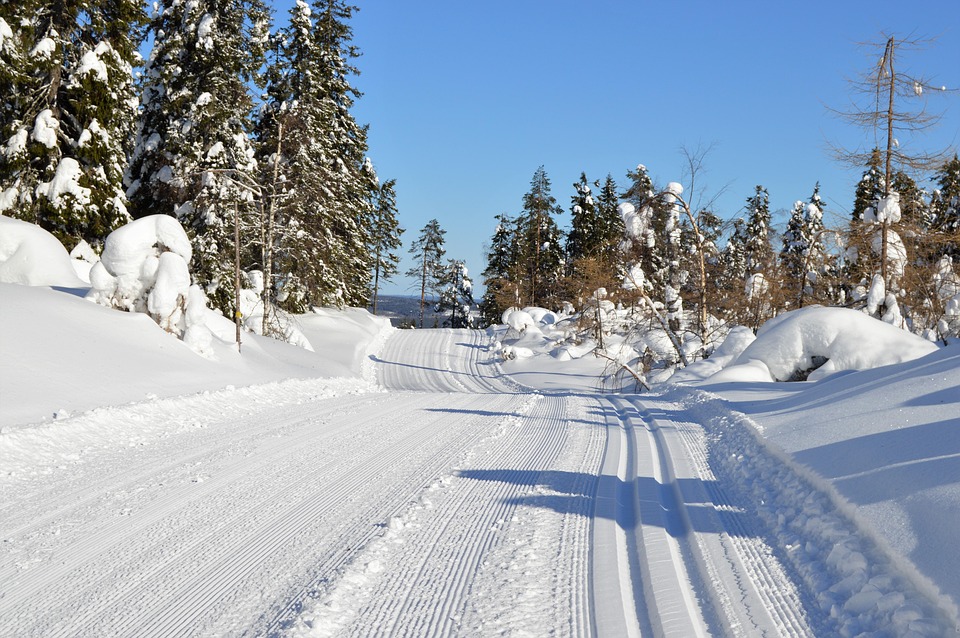Skiing is one of the most exhilarating winter activities, drawing millions to the slopes each year. However, the thrill of skiing comes with inherent risks. To ensure you have a fun and injury-free trip, it’s essential to prioritize safety. Below are key tips to consider before hitting the powdery slopes.
1. Choose the Right Equipment
Ski Gear
Investing in high-quality ski gear is crucial. Ensure your skis, boots, and poles are appropriate for your skill level. Beginners should opt for shorter skis that are easier to control, while experienced skiers can choose longer models for better stability at high speeds.
Protective Gear
Wearing a helmet can drastically reduce the risk of head injuries. Additionally, consider using wrist guards and knee pads, especially for snowboarders. Avalanche beacons and airbag packs are recommended for backcountry skiing.
2. Know Your Skills
Honesty about your skiing abilities is key. Stick to trails that match your skill level. Beginners should start on green (easiest) trails, while advanced skiers can tackle more challenging runs. Many resorts offer lessons—consider taking one to build your skills and confidence.
3. Warm Up Before Hitting the Slopes
Just like any physical activity, warming up is essential. Engage in light stretching or a brief jog to prepare your muscles. This routine helps to prevent strains and sprains, allowing you to ski more effectively.
4. Stay Hydrated and Nourished
Altitude and physical activity can lead to dehydration. Drink plenty of water throughout the day, and consume nutritious snacks to keep your energy levels high. Foods rich in carbohydrates and protein will enhance your endurance on the slopes.
5. Be Weather-Wise
Before you head out, check the weather conditions. Skiing in poor weather—such as heavy snow or high winds—can increase your likelihood of accidents. Make sure to dress in layers to adapt to changing conditions, and always wear goggles to protect your eyes from glare and debris.
6. Observe Resort Rules and Guidelines
Respect posted signs and markings on the slopes. These indicators are placed for your safety. Be familiar with the “Skier’s Responsibility Code,” which outlines the rules of the slopes, including yielding to those below you and not stopping in blind spots.
7. Ski with a Buddy
Skiing with a partner or group enhances safety. Should an accident occur, having someone with you can help in emergencies. Make a plan on where to meet if you get separated, and establish a check-in system to ensure everyone is accounted for.
8. Take Breaks
Overexertion can lead to fatigue, diminishing your focus and coordination. Taking regular breaks will help you rest, hydrate, and refuel. Use this time to assess your abilities and set goals for the next runs.
9. Know When to Call It a Day
Recognize your limits. If you’re feeling overly tired or if conditions worsen, know when to stop skiing for the day. Pushing through fatigue can lead to serious injuries.
10. Emergency Preparedness
Avoid the risk of extended exposure in case of an accident by carrying a small emergency kit. Include items like a first aid kit, snacks, water, and a portable phone charger. Familiarize yourself with the ski patrol procedures of the resort for any emergencies.
Conclusion
Skiing can be a fantastic way to enjoy the winter season, but your safety should always be the top priority. By following these essential tips, you can make the most out of your ski trip while minimizing the risk of injuries. So gear up, stay safe, and enjoy the slopes!

